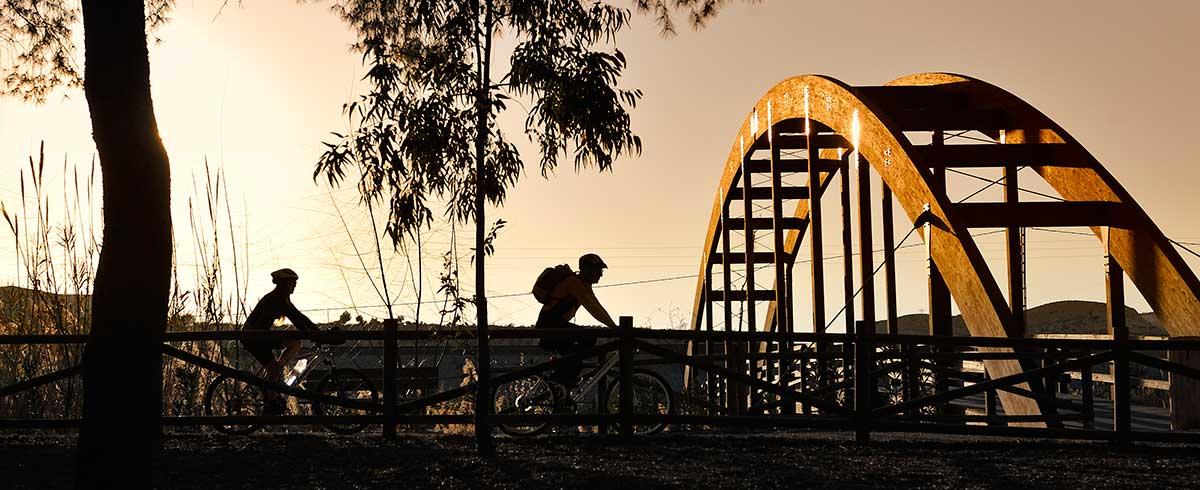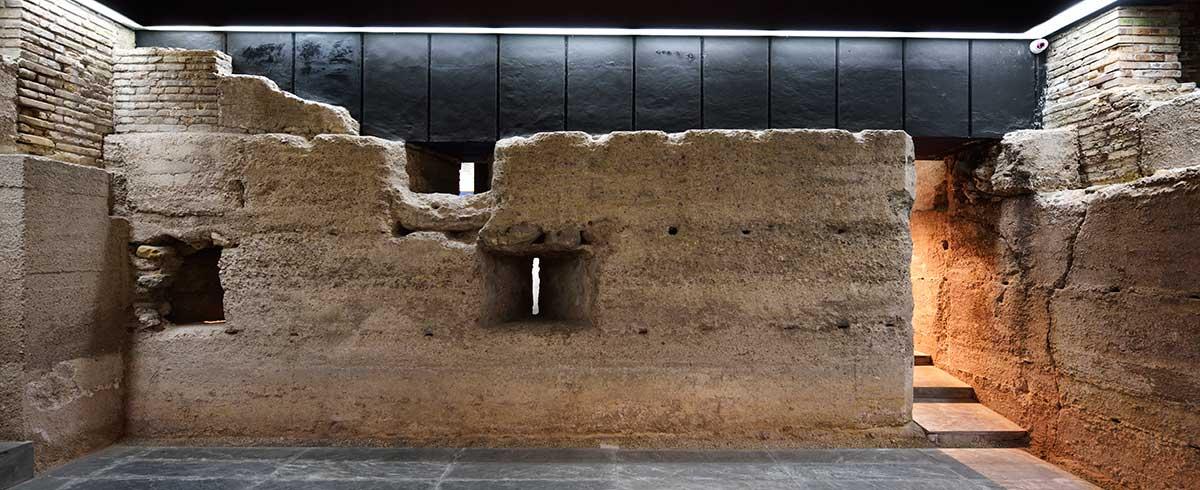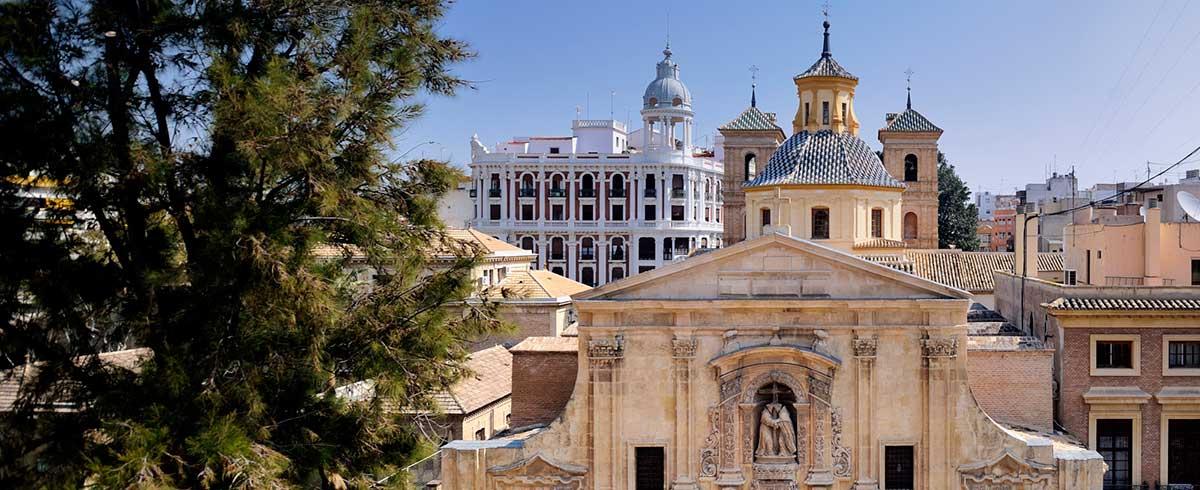This route has an easy path, as it heads in one direction walking along the two main roads of the city: Paseo Alfonso and Calle Trapería.
Monument to Alfonso X: Made in cast bronze, it shows the Wise King seated on a throne. It was created following a model originally made by Murcia sculptor Juan González Moreno. It is 2.2m tall and weighs almost a ton.
As Alfonso X desired, his heart is buried in the Cathedral of Murcia, demonstrating the great affection he had for the city.
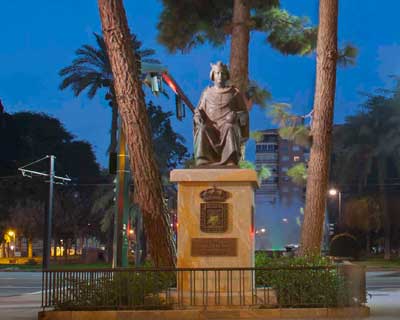
Convent of Santa Ana: what you see now was built in the 18th century, but it is in fact the third church since the convent was founded in 1490. The convent belongs to the Dominican order. It is recommended that visitors buy some sweets made by the nuns near the entrance. The church does allow public worship, and its main altarpiece shows a spectacular Santa Ana sculpture created by Salzillo.
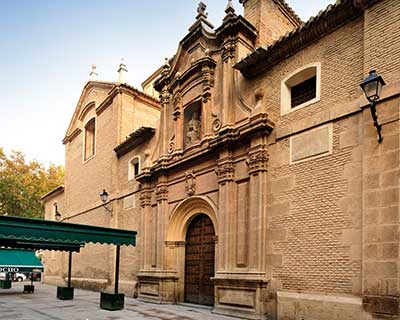
Santa Clara la Real: This church was built using part of the structure of the Alcázar Seguir, a Muslim palace from the 12th century. Of particular note from its various construction phases are the 15th century cloister, and the Gothic sections of the church, and the 18th century baroque church. Inside the convent is the Santa Clara Museum, with one section dedicated to sacred art, and the other to the Al-andalus archaeology.
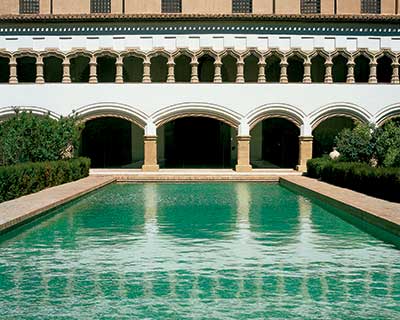
Casino: 19th century. An eclectic building constructed between 1852 and 1892 in various stages. Of particular note are the Arabian Courtyard, the Library, the Ladies Powder Room, the Pompeian Courtyard, the Ballroom, and the Billiards room. An audio guide service is available.
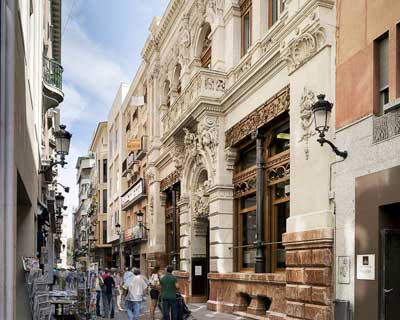
Santa María Cathedral: 14th-18th century. The cathedral is a centrepiece of the Spanish Baroque. It is the city’s most important monument, and a wonderful compendium of the three main artistic styles from during its construction: Gothic, Renaissance and Baroque.
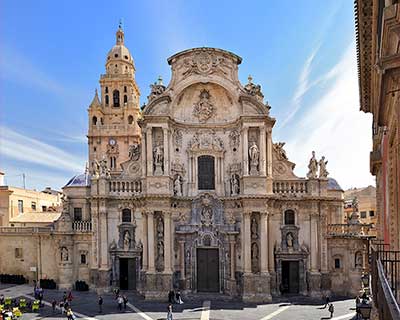
The Cathedral stands on the site of what was once the city’s largest mosque.
It is a stunning example of architectural styles from more than five centuries. There are four particular gems to highlight in so fabulous a treasure: the Baroque tableau façade, the Gothic Vélez chapel, the Renaissance Junterón chapel and its iconic tower which stands 96 metres high (which replaced the old medieval tower), and the twenty five bells. A remarkable juxtaposition of styles, and a beautiful landmark overlooking the city and the huerta.
Monumento a Alfonso X
Convento de Santa Ana
Santa Clara la Real
Casino
Catedral de Santa María
A city map is recommended for this route.
PART I
Church of San Andrés: the former convent of San Agustín, closely linked to the history of the city. Completed around 1689, its houses the chapel of the Virgin of Arrixaca, former patron saint of Murcia. Acting almost as a church within another church, it had to be relocated after work on the current floor was completed. The church is home to some important works by Salzillo: San Andrés and San Roque.
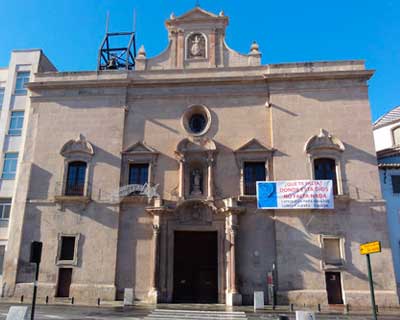
Church of Our Father Jesus: With an octagonal floor, it was built around 1670 and completed in the late 17th century as the church of the Brotherhood of Our Father Jesus. It is a real theatre, designed to show the mysteries of the Passion Salzillo created for the building the famous processions for Good Friday morning, achieving a harmonious partnership between architecture and sculpture. In the gallery are the original paintings by Pablo Sístori, from 1792.
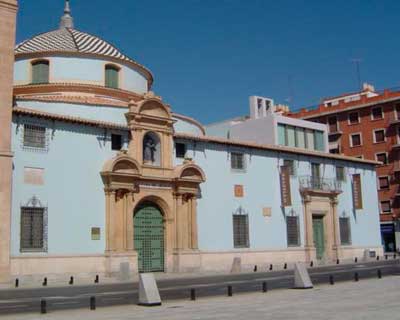
Church of the Augustinian Descalzas: this convent tells the story of a community established in 1616 by a group of nuns from Almansa. The church is dominated by an important altarpiece, created in the mid-18th century to house the image of San Agustín, the founder of the order, a monumental sculpture by Salzillo.
Another particularly charming piece is Santa Cecilia de Roque López, a unique portrayal of the patron saint of musicians, together with the organ.
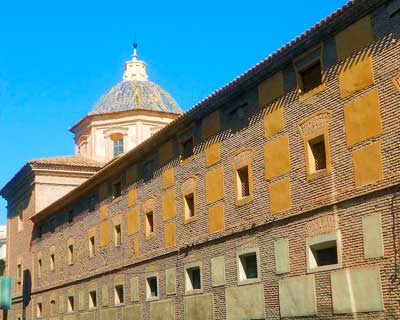
Church of San Nicolás: the church is very spacious, with great architectural qualities. The large number of ornamental elements gives a great sense of baroque style. Inside, the main altarpiece adds to the magnificence of the church, which also contains important sculptures from the 17th and 18th centuries by Salzillo, Alonso Cano and Pedro de Mena.
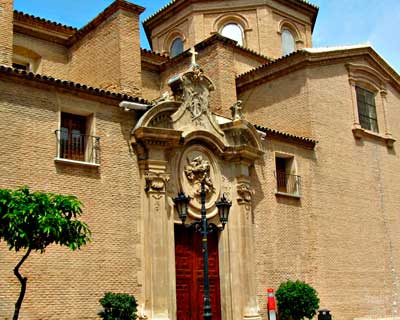
Church of San Pedro: this church is smaller than the previous ones. It is of important ornamental value due to its liturgical furnishings, in particular in its main chapel, of which the Saavedra family were patrons, and a monumental altarpiece by Nicolás de Rueda, with sculptures by Salzillo and Roque López. The niche contains an image of the titular saint, created by Salzillo.
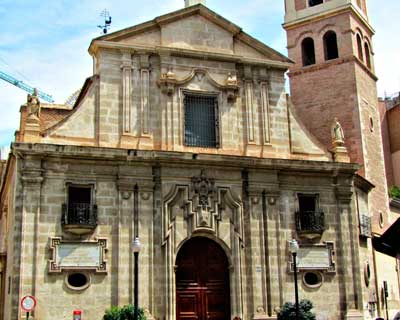
Church of the Verónicas: the former church of San Salvador, now used as an exhibition hall, was the site of an early convent of Franciscan nuns dedicated to Santa Verónica. The entrance, completed in 1755, makes masterful use of its oblique elements and its cornice by adapting its design the difficult space of the narrow street it opens on to.
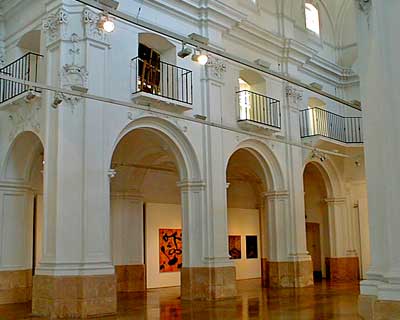
PART II
Church of San Miguel: of medieval origin, this church underwent serious restorations in the 18th century. Protected from destruction and later transformations, the interior is a reflection of the splendour of Murcian churches in the 18th century, both in the formal unity of the altarpieces and the brilliance of the golden architecture. The whole church is a showcase for the architecture of Francisco Salzillo, visible throughout the building.
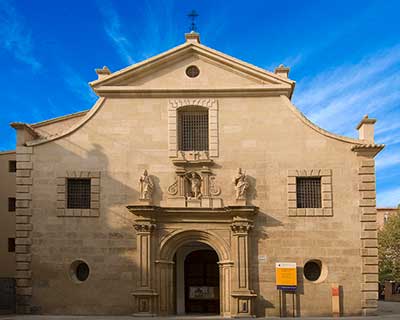
Church of Santa Clara: part of the set of buildings dedicated to Santa Clara la Real, it has undergone a series of transformations that have turned this convent into a first class artistic focal point. The transformations carried out between 1744-1748 renovated the church’s altarpieces and plasterwork, giving it its current lavish appearance, and the unique great baldachin.
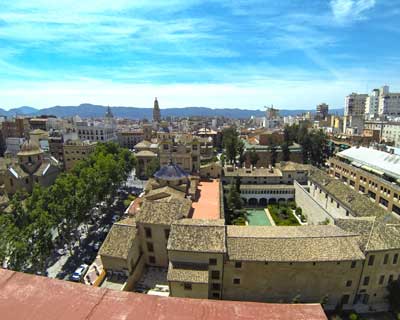
Church of Santo Domingo: the uniqueness of this church, connected to the Chapel of Rosario (16th c.) and opening onto two fronts of the city, means that it has two façades on either end: the Western door, opposite the Romea theatre, and the brick façade facing the Plaza de Santo Domingo, a false façade whose purpose is to provide a monumental aspect for the open space of the plaza.
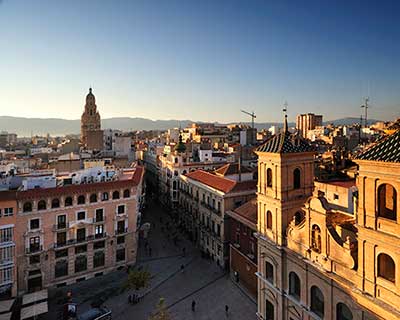
Church of Santa Ana: founded in 1490, a primitive church was built in 1611. The main old altarpiece is retained today, now dedicated to San Miguel. The current church was built in 1731, its famous altarpiece is the work of José Ganga, and the old niche shows Santa Ana teaching the Virgin Mary to read, a work by Salzillo.

Church of La Merced: this church is noted for the great sculptural quality of both its façade and its interior. The main altarpiece was built in 1744, according to the plans by Jaime Bort on the main façade of the cathedral. Also of note are the sculptures by Nicolás Salzillo as well as the painting by Senén Vila.
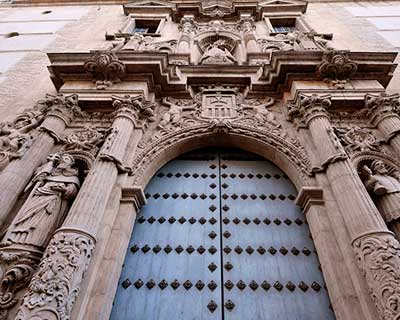
Church of San Juan Bautista: Construction began in 1750. Of particular not is the symbolic importance of the altar, thanks to a monumental baldachin.
In addition to the venerated Cristo del Rescate, the church houses a number of other notable works: San Isidro Labrador, by Salzillo, Santa María de la Cabeza, by Juan Porcel, and the 18th century choir stalls.
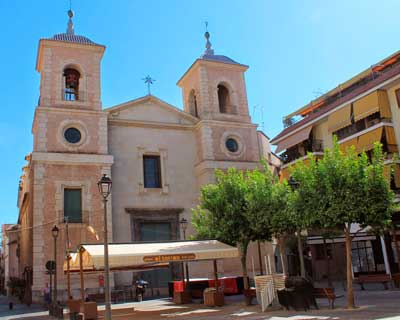
Church of San Juan de Dios: built from 1764. Its elliptical shape is well suited to the purposes for which it was founded: the adoration of the sacrament in a famous monstrance. Today it is a museum, and contains important Arab remains in the basement.
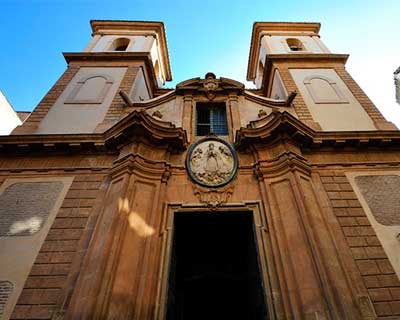
Church of Santa Eulalia: dating back to 1765, this church has one of the most dynamic entrances in all of Murcian religious architecture. Pablo Sístori painted the altarpieces of the main chapel and the cross using the trompe l’oeil technique. This church contains several sculptures by Salzillo, in whose neighbourhood stands the chapel of San José.
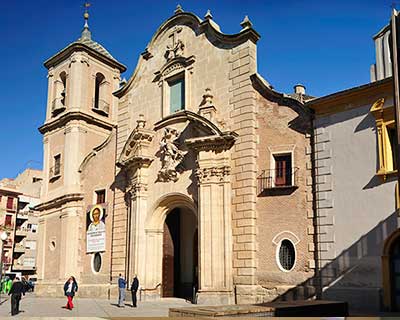
IGLESIA DEL CARMEN
IGLESIA DE SAN JUAN DE DIOS
IGLESIA DE SAN JUAN BAUTISTA
IGLESIA DE SANTA EULALIA
IGLESIA DE LA MERCED
IGLESIA DE SANTA ANA
IGLESIA DE SANTO DOMINGO
IGLESIA DE SANTA CLARA
IGLESIA DE SAN MIGUEL
IGLESIA DE AGUSTINAS DESCALZAS
IGLESIA DE JESÚS
IGLESIA DE SAN ANDRÉS
IGLESIA DE SAN NICOLÁS
IGLESIA DE VERÓNICAS
IGLESIA DE SAN PEDRO
This route encompasses four buildings notable for their architecture, which today are centres where you can enjoy a number of cultural exhibitions.
City Museum: the building dates back to the 16th century and it is the former home of the López Ferrer family. The original building was built by D. Gil Rodríguez de Junterón, Protonotary of Pope Julius II and Archdeacon of Lorca. It contains a garden of Spanish-Moorish origin, and still retains the old carriage entrance.
The museum traces the history of the city from its earliest settlements to the present day in a highly interactive format.
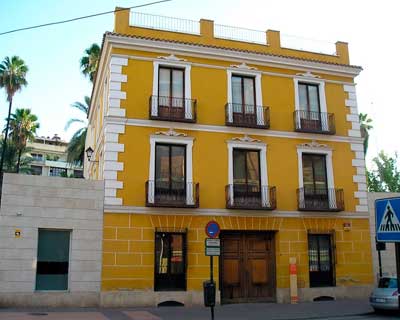
Church of San Esteban: built in the 17th century, this is the church of the Jesuit College of San Esteban. The entrance was built between 1557 and 1570, resembling the “Arc de Triomphe”, on which sculptures of San Ignacio and San Francisco Javier were installed at the end of the 18th century. Inside is the tomb of Bishop Esteban de Almeyda, though at present it is not possible to access the interior. It is the processional headquarters of the Brotherhood of the Holy Christ of Mercy, who are in the afternoon Good Friday procession.
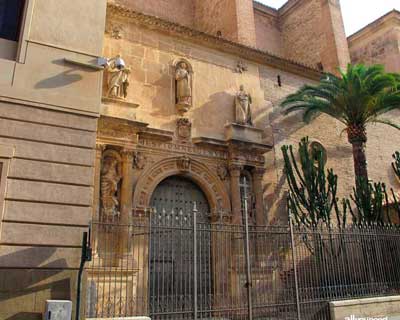
Ramón Gaya Museum: the building dates back to the 19th century, and it was turned into a museum dedicated to the artist as part of the restoration of the Palarea House. It is made up of two buildings that retain the characteristic structure of urban dwellings of the 19th century, and is located in one of Murcia’s most traditional plazas. Inside, you can explore the fascinating artistic life of the painter and writer Ramón Gaya, through the 500 pieces that make up the collection.
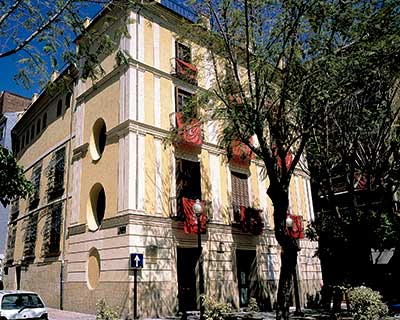
Almudí Palace: Built in the 17th century and attributed to Pedro Monte de la Isla. It was built between 1602 and 1628. It was once a public building for the storage of grain from tithes, which is why it is also known as the Pósito de Trigo, or granary. Restored in 1985 to be used for the City Archives and Art Centre, of particular note are the relief of the Matron of Murcia on the façade, and the Patio of Columns inside.
It has an interesting program of exhibitions, mostly related to contemporary art.
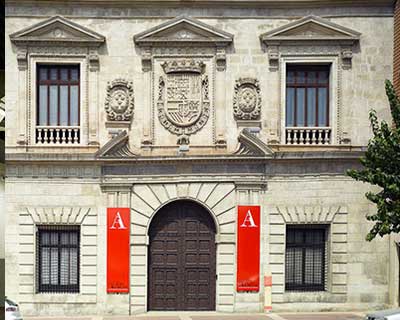
Museo de la Ciudad
Iglesia de San Esteban
Museo Ramón Gaya
Palacio Almudí
Following in the footsteps of the Muslim era, which so deeply influenced the modern-day layout of the city, you can visit some sections of the defensive wall built to protect Murcia from the Christian onslaught.
Alcázar Seguir: the most monumentally significant architectural remains belong to the Alcázar Seguir, or minor alcázar (castle) of the Murcian emirs. Today, these can mostly be seen inside the Santa Clara la Real Museum. This is a fortified palace built in the mid 13th century, on the ruins of a previous palace dating back to the 12th century. In the museum are the hall with alcoves and the northern portico, all richly decorated with polychrome plasterwork and scalloped arches. Some remains of the Alcázar (those belonging to the south hall and the west gallery) have been preserved and can be visited in the basement and exhibition stall of Las Claras Cultural Centre, an annex to the museum and church of Santa Clara.

Wall of Verónicas: the southern stretch of the wall that dates from the 11th to the 13th centuries. Still standing outside are two towers of the city wall (one of which is attached Church of the Verónicas Art Centre), the parapet walk and the barbican. In its day, the path of the wall took advantage of the riverbed of the river as a defensive moat, which hampered the siege and capture of the city.
This is a stretch of the wall that gives the best idea of its defensive importance, as well as an ideal location for various activities such as concerts.
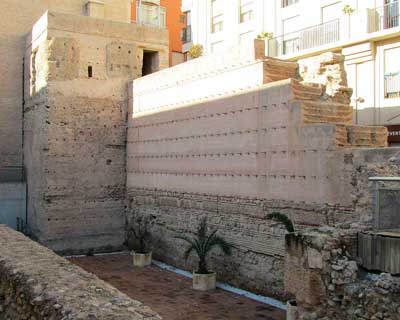
La Muralla Cafe: in this well known establishment there is a considerable stretch of the bulwark and various towers of the wall, built from solid rammed-earth with cement. Interestingly, it has respected the level of movement from the 13th century.
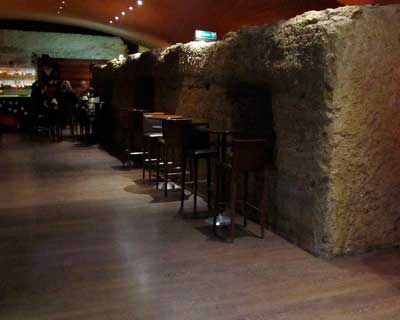
Wall of Murcia Visitors Centre: Located in Plaza de Santa Eulalia, he visitors centre contains a stretch of the medieval wall that surrounded the city of Murcia, as well as one of the gates that was used for centuries to access the city: the gate of Santa Eulalia. In addition to viewing the remains of the defensive wall, visitors can chart the urban evolution of Murcia since its foundation by Abderramán II in the year 825.

ALCÁZAR SEGUIR
MURALLA DE VERÓNICAS
MUSEO DE LA CATEDRAL
CAFETERÍA LA MURALLA
CENTRO DE VISITANTES LA MURALLA DE MURCIA
GASTRONOMICA ROUTE
Romea Square
In one of the most central places of the city, surrounded by the Palaces Vinader and González Campuzano, the Teatro Romea and one of the facades of the Church of Santo Domingo, is a cultural and commercial center of the city, in which we can find - together with the neighboring Santo Domingo square and Alfaro and González Adalid streets - an ideal place to stop on any of its terraces, restaurants, bars and cafes, and to sample exquisite rice, sausages, Variety of tapas, appetizers and dishes.
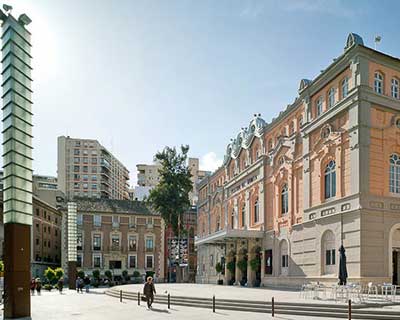
Plaza de las Flores
In the framework of two of the most cheerful and typical squares of the city, Santa Catalina and Las Flores, and between the streets Arzobispo Simón López and Ruipérez and the squares of San Pedro and Mayor, we find a large area of terraces, bars and restaurants Ideal to enjoy the tapas, as well as to taste typical Murcia specialties, the meat pie (dating from the 17th century), the "marinera" (donut with anchovy and anchovy) the "marriage" (anchovy and anchovy) zarangollo, Michirones, potatoes cooked with garlic, and a whole range of imaginative snacks, fritters, salted, Iberian, and products of the garden and the sea.
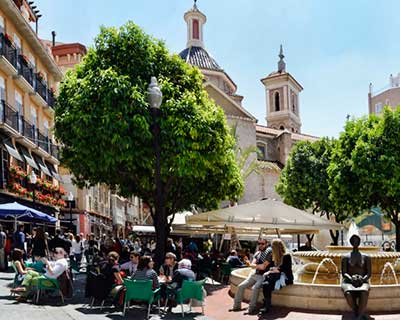
Belluga Square
In the surroundings of the squares of Belluga and Los Apóstoles and its adjacent streets, there are bars, restaurants, breweries and taverns where you can enjoy national and international cuisine, but above all a varied assortment of hot and cold tapas. It is advisable to sit on any of the terraces of Belluga Square and savor a coffee, a chocolate, or a beer enjoying the spectacular baroque of the Cathedral.
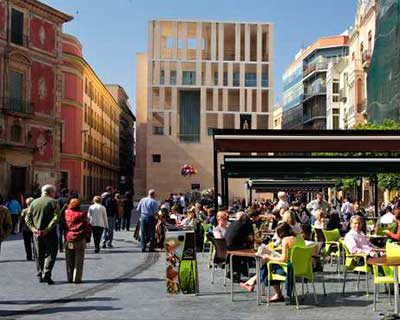
Plaza San Juan
Presidida por la iglesia de San Juan de Dios, y enclavada en uno de los barrios más populares de Murcia (antigua judería) la concurrida Plaza de San Juan y las aledañas plaza Cristo del Rescate y calle Cánovas del Castillo, aglutinan un buen número de terrazas y restaurantes que ofrecen una variada gastronomía, desde la comida internacional y de mercado a la tradicional murciana a base de verduras, guisos, revueltos, pistos, asados, productos derivados del cerdo, etc.
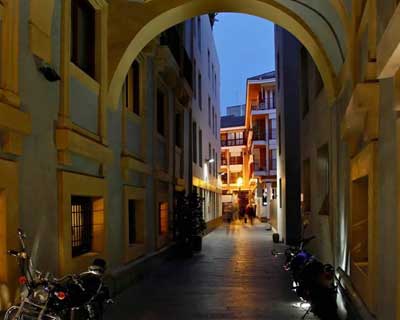
PLAZA ROMEA
PLAZA DE LAS FLORES
PLAZA BELLUGA
PLAZA SAN JUAN
A route combining history and nature. You will need your own car for this route.
El Valle Visitors Centre: provides information about the park and its most important flora, fauna and geology, as well as the marine fossils discovered in the area.
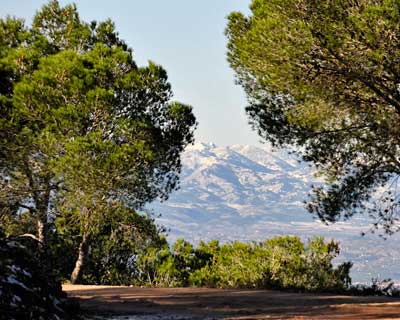
Wildlife Rescue Centre: the valley has been declared a Special Protection Area for birds, with a recovery centre for birds of prey and protected species. Very close to the Centre is the “Arboretum”, a former tree nursery, now a botanical garden, where you can learn about the diversity of plants from climates all over the world.
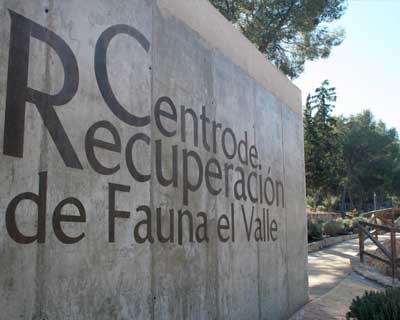
San Antonio El Pobre Visitors Centre: the peace and solitude of this area has attracted hermits since the dawn of the Middle Ages. This baroque hermitage takes its name from San Antonio Abad, the founder of hermitic life, and in it we can see the bored-through cave in the mountain that gave shelter to the hermit Juan the Poor in the 16th century.
Nearby is the Convent of Santa Catalina del Monte, an architectural complex that includes the Franciscan convent, the Bishop’s Summer Palace, garden and orchard.
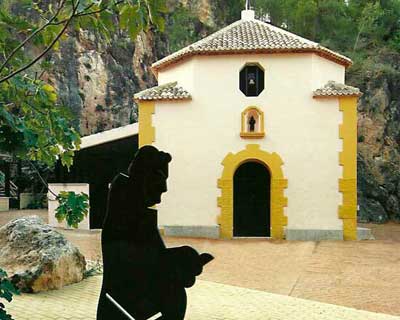
La Luz Visitors Centre: a permanent exhibition dedicated to Iberian culture (funeral rites and religious worship), from the region’s extensive religious tradition to a space dedicated to the great Murcian mountain tradition - with spectacular views from its panoramic terraces - and a cafe.
In this enclave are the Iberian archaeological remains of a temple dedicated to the goddess Demeter, the remains of the Muslim castle of La Luz, from the 12th century, which occupied almost the entire hill, and the Monastery de la Luz, built with the purpose of uniting in one monastery the various hermits who lived scattered nearby.
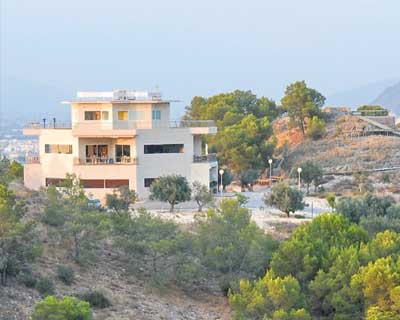
Sanctuary of the Virgin of la Fuensanta: Built between 1694 and 1711, on the orders of the Council of the Cathedral of Murcia. The church, built in Baroque style, contains reliefs and sculptures by González Moreno, and paintings and murals by Pedro Flores In the doorway, the bas-reliefs and central figure are the work of Jaime Bort, the same artist behind the main façade of the cathedral. It is a very popular destination throughout the year.
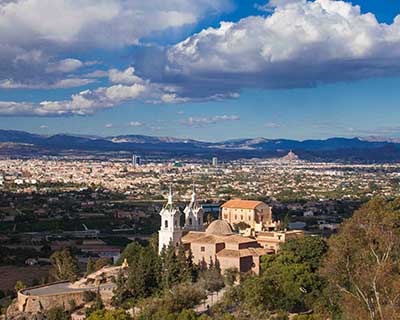
La Panocha: in the higher areas of the Sierra de la Cresta del Gallo there is a formation of compact walls for climbing, known as the “Panocha” (523 m), a rocky mound that offers all the difficulties of the classic climbing. It is an iconic place for Murcian mountaineering, the home of and climbing school for Murcian mountaineers.
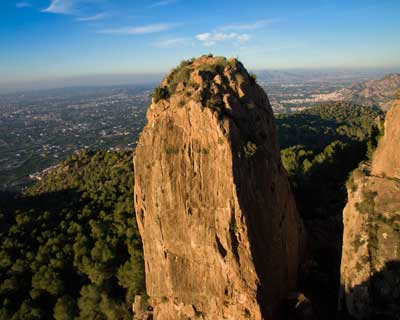
CENTRO DE VISITANTES EL VALLE
CENTRO DE RECUPERACIÓN DE FAUNA
CENTRO DE VISITANTES SAN ANTONIO EL POBRE
CENTRO DE VISITANTES DE LA LUZ
SANTUARIO DE LA VIRGEN DE LA FUENSANTA
LA PANOCHA

